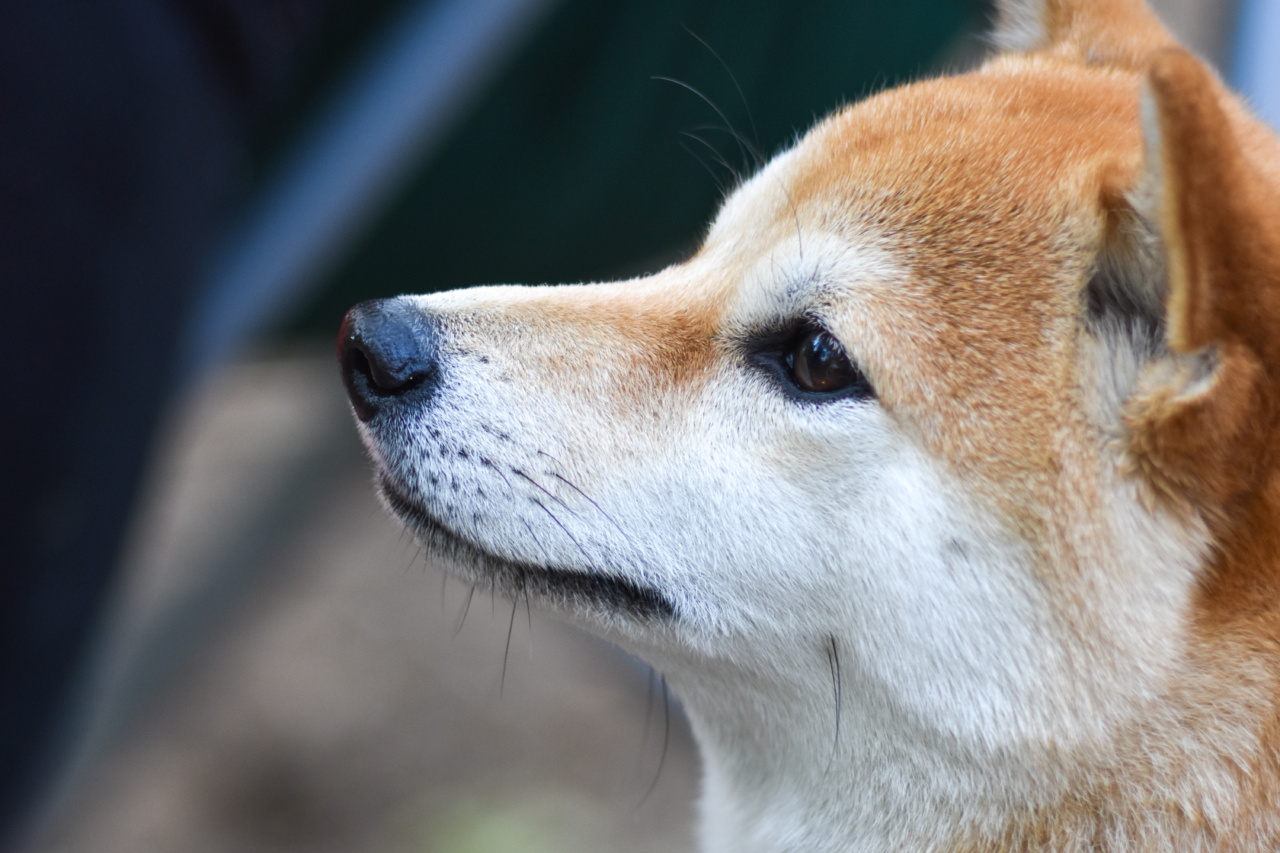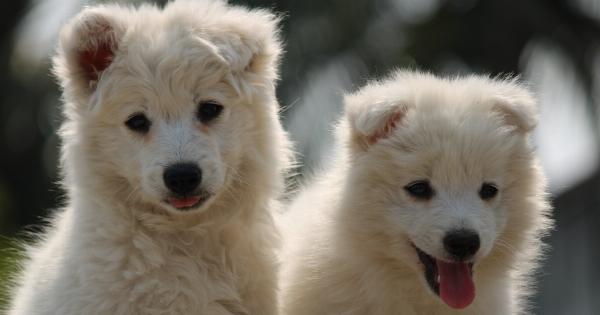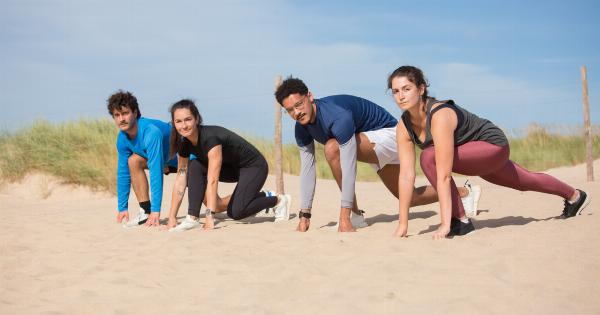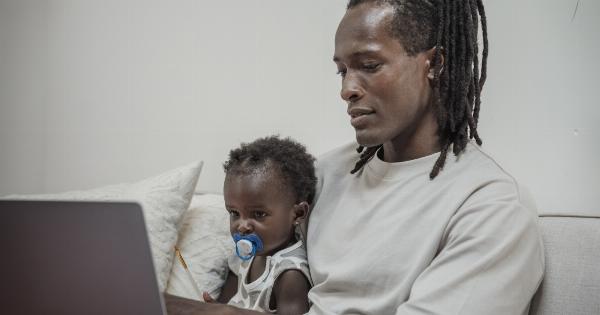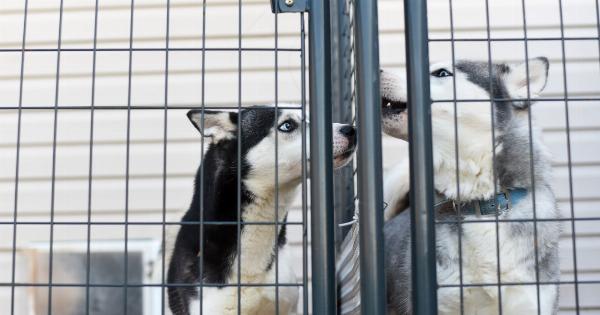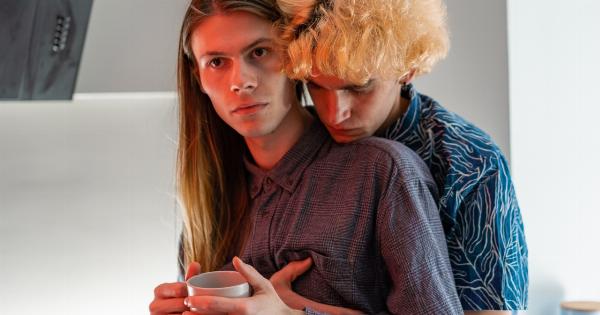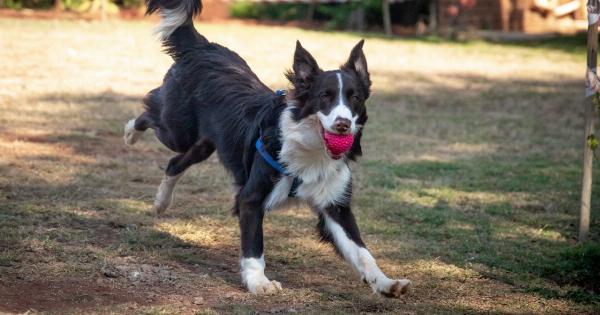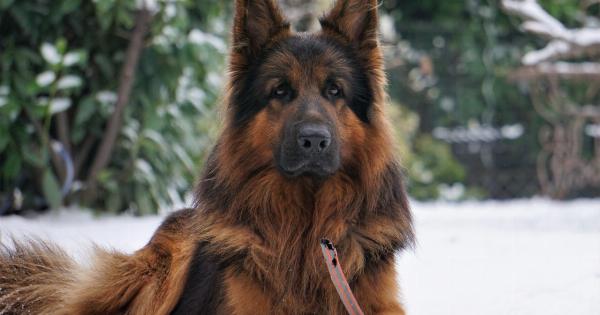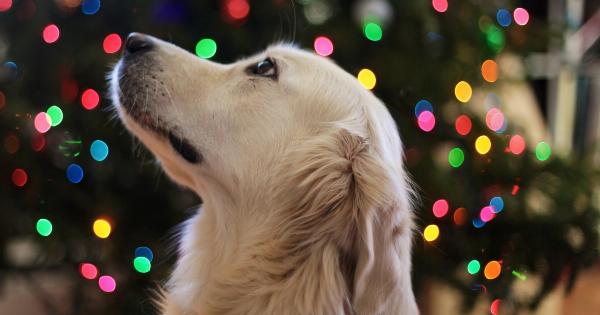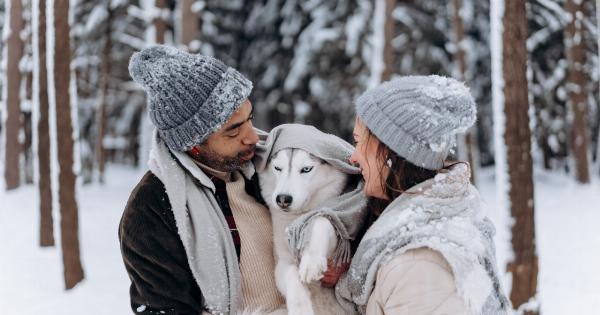As pet owners, it is important for us to recognize and respect our furry friends’ boundaries. While many dogs enjoy physical touch and cuddling, there are some who may not appreciate hugs or head pats.
It is essential to understand why some dogs may exhibit discomfort or even aggression in response to these gestures.
Individual Preferences and Personal History
Dogs, like humans, have unique preferences and personalities. Just as some individuals may be more receptive to physical touch, others may prefer personal space or alternative forms of interaction.
This preference can stem from a variety of factors, including their specific breed characteristics or their individual upbringing and socialization experiences.
Breed Characteristics and Sensitivities
Certain dog breeds may naturally be more sensitive to touch or have a higher inclination towards personal space. For instance, dogs from herding or guarding breeds, like Border Collies or German Shepherds, are often more cautious and reserved.
These breeds are bred for their alertness and may not be as comfortable with physical contact, especially from strangers.
On the other hand, some breeds are known for being more affectionate and tolerant of physical touch. Breeds like Labrador Retrievers or Golden Retrievers are generally known to be friendly and enjoy close interactions with their human companions.
However, it is essential to remember that breed characteristics only provide a general overview, and individual differences still exist within each breed.
Past Traumatic Experiences
Another reason some dogs may shy away from being hugged or touched on the head is due to past traumatic experiences.
Dogs who have gone through abuse, neglect, or have had unfavorable encounters with humans may develop fear or anxiety towards physical touch. These negative experiences can cause them to associate certain gestures with pain or fear, leading to their aversion towards such interactions.
It is crucial to always approach dogs with caution, especially if their background history is unknown. Respect their comfort levels and allow them to initiate contact on their terms.
Body Language Signs of Discomfort
When a dog does not want to be hugged or touched, they will often display various body language signals indicating their discomfort.
Understanding these cues can help prevent uncomfortable situations and promote a safer and more positive interaction with our canine companions.
1. Stiff Body Posture
A dog that feels uncomfortable or apprehensive may display a stiff body posture. This includes having a rigid stance, tense muscles, and possibly a curled lip or a frozen expression.
If you notice your dog becoming stiff when you attempt to hug or touch them, it is a sign that they are not comfortable with the gesture.
2. Yawning or Licking Lips
Yawning and lip licking are often subtle signs of stress or anxiety in dogs. If your dog yawns or licks their lips when you go in for a hug, it is an indication that they are feeling uneasy and would prefer not to engage in that kind of interaction.
3. Avoidance Behavior
Avoidance behavior is another clear indicator that a dog does not want to be hugged or touched. They may turn their head away from you, attempt to move away, or even hide behind objects or people.
Ignoring these signs and continuing to force physical contact can lead to increased fear and potentially escalate the situation.
4. Tensed or Raised Tail
The position and movement of a dog’s tail can convey valuable information about their emotional state. If a dog feels uncomfortable, their tail may become tense or raised.
It may even wag in a stiffer motion, indicating their unease with the current situation.
5. Ears Pinned Back
When a dog’s ears are pinned back against their head, it is a sign of stress or fear. This body language cue typically indicates that the dog is not comfortable and prefers to avoid the current interaction.
Observing their ear position can provide crucial insights into their emotional state.
6. Growling or Snapping
Growling or snapping is a clear indication that a dog wants to be left alone. These vocalizations and actions should never be ignored or dismissed.
It is the dog’s way of communicating their discomfort, and it is essential to respect their boundaries to prevent any potential aggression.
Tips for Respecting a Dog’s Boundaries
Respecting a dog’s boundaries and understanding their individual comfort levels is vital for establishing a trusting and positive relationship. Here are some tips to help you interact with dogs in a respectful manner:.
1. Ask Permission
Before attempting to hug or pet a dog, always ask the owner’s permission. Even if the owner says it is okay, ensure that the dog is showing signs of receptiveness and comfort.
2. Observe and Read Body Language
Pay close attention to a dog’s body language to understand their comfort levels. Their non-verbal cues can help indicate whether they are open to physical touch or would prefer space.
3. Let the Dog Approach You
Allow the dog to initiate contact if they are comfortable. Avoid reaching out or leaning over them, as this can be intimidating or threatening for some dogs.
4. Offer Alternative Forms of Affection
If a dog does not enjoy hugs or head pats, find alternative ways to show affection. This can include offering a treat, playing their favorite game, or going for a walk together.
5. Respect Personal Space
Always respect a dog’s personal space, especially if they display signs of discomfort. Avoid loomimg over them or invading their personal bubble. Remember that each dog has their own individual boundaries.
Conclusion
While hugs and head pats may be a common way for humans to display affection, not all dogs appreciate this type of physical touch.
Understanding a dog’s individual preferences, breed characteristics, and past experiences is crucial in establishing a respectful and trusting relationship. By respecting a dog’s boundaries and acknowledging their body language cues, we can create a safer and more enjoyable environment for both humans and our canine companions.
